This post may contain affiliate links. Please read my disclosure and privacy policy.
This Vegan Cauliflower Pizza Crust is egg-free and dairy-free, and has the BEST taste and texture. I love that you can hold it with your hands, like a real slice of pizza!
Unlike my original cauliflower pizza crust, this recipe uses ground flax as a binder instead of eggs. Flax eggs are made by simply stirring together freshly ground seeds and water to make a gluey, egg-like replacement, but since cauliflower is already loaded with so much moisture, we’re using much less water in this recipe to account for that. This gives you a drier pizza crust that you can hold with your hands.
How to Make Vegan Cauliflower Pizza Crust
This crust is made with just a handful of all-natural ingredients. All you need is some cauliflower (bonus if it’s already “riced” for you), ground flax, almond flour, and seasonings. The key to getting a dry vegan cauliflower pizza crust that you can hold with your hands is to wring-out all of the moisture first.
To do this, you’ll need to cook the cauliflower first. You can steam it or dry roast it, if you’re using fresh cauliflower.
Frozen Cauliflower Rice for an EASY Vegan Pizza Crust
Alternatively, you can buy frozen cauliflower and let it thaw in your fridge overnight. This is my preferred method, because there’s no extra cooking involved. If you use frozen florets, you’ll need to process them in a food processor (affiliate link) first, but many stores are starting to carry frozen cauliflower rice, which makes this recipe even easier!
If you can find frozen cauliflower rice, simply thaw it in the fridge the night before (or you can heat it up if you’re in a hurry), then transfer it to a towel or nut milk bag (affiliate link) and squeeze it until you can’t get any more liquid out. I usually end up with at least 1/2 cup of liquid squeezed out, so it should be a significant amount to get a very dry cauliflower pizza crust.
Vegan Cauliflower Pizza Dough
Once you have the dry cauliflower “pulp,” add it to the ground flax, almond flour, and seasonings. It may look crumbly at first, but I find that if you mix it with your hands (or an electric hand/stand mixer) it starts to stick together nicely.
Keep in mind that this is not your average pizza dough. It won’t be stretchy, because there’s no gluten involved. Instead, it will be a pile that you’ll need to press out onto a large pizza sheet. Get your hands wet if the pizza “dough” sticks to them too much, as that will help you press it out. You want the pizza to be a flat and even as possible.
The flatter it gets, the drier the resulting crust will be. I can get this crust to be about 12-14 inches in diameter, or you can make two 6-8 inch pizzas if you prefer something smaller to work with. (It’s easier to flip if they are smaller!)
Bake the pizza crust until it is dry and easy to pick up with your hands, about 45 minutes. You can flip it over at this point and bake for 10-15 minutes more to dry out the other side, but I’m usually impatient and just start adding the toppings after I flip it over. (Tip: Use the parchment paper to help you flip over the large crust. I keep one hand on the crust itself, and pick up the parchment with my other hand to sandwich the crust and keep it from breaking.)
Since this process is still a bit labor-intensive, I recommend making a double batch so you can keep an extra crust in the freezer for an easy pizza night in the future.
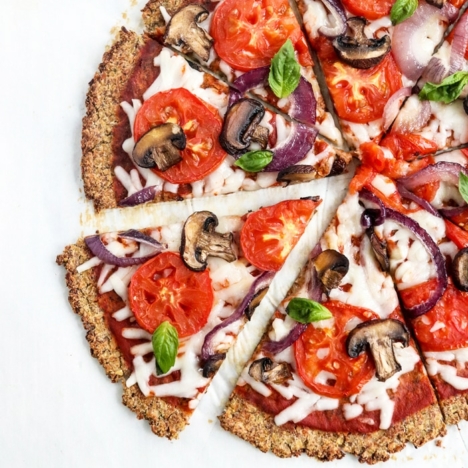
Ingredients
- 1 1/2 pounds cauliflower rice/florets (fresh or frozen)
- 3 tablespoons ground chia or flax seeds
- 1/2 cup almond flour or meal
- 1/2 teaspoon salt
- 1/2 teaspoon garlic powder
- 1/2 teaspoon dried oregano
Instructions
- Preheat the oven to 400ºF and line a large baking sheet with parchment paper.
- FROZEN METHOD (fastest): If you're using frozen cauliflower rice (my preferred method) make sure you've thawed it in the fridge the night before. Frozen cauliflower florets can also be thawed ahead of time and used instead, you'll just need to "rice" it by processing it briefly in a food processor, before proceeding to the next step.
- FRESH METHOD: If you're using fresh cauliflower, you'll need to steam it first. Fill a large pot with an inch of water, then place a steamer basket over that. Fill the basket with the fresh cauliflower florets and bring the water to a boil. Once boiling, cover the pot and lower the heat to a simmer. Cook until the cauliflower is very tender, about 10 to 15 minutes. Drain and transfer the cauliflower to a food processor. Process it briefly to make cauliflower "rice." Continue as directed, though you might want to let the cooked cauliflower cool so you don't burn your hands when wringing it out.
- Transfer the thawed or cooked cauliflower rice to the center of a thin dish towel, or place it in a nut milk bag. Use your hands to squeeze the rice, removing all of the excess moisture from the cauliflower. There should be quite a lot of liquid that comes out, close to 1/2 cup.
- Place the drained cauliflower in a large bowl, then add in ground flax or chia seeds, almond flour, salt, garlic and dried oregano. Stir well to mix, using your hands if needed to make it stick together. You can add a tablespoon of water if needed, but I typically don't add any extra liquid when I use my hands to mix this dough.
- Press the mixture into the parchment-lined baking sheet, using your hands to shape the crust into your desired size. The thinner and flatter you can press the crust, the better, but try to keep it as even as possible for a sturdy result. I typically get a crust that is 12 to 14 inches in diameter from this recipe.
- Bake the crust at 400ºF for 45 minutes, checking on it after 30 minutes to make sure it's not starting to burn. You want the crust to be dry to the touch and nicely golden. (Tip: You can roast vegetable toppings for your pizza at the same time! I put sliced tomatoes, red onion, and mushrooms on a separate pan, and take them out of the oven around the 25 minute mark so they don't burn.)
- For best texture, I recommend flipping the entire pizza crust over on the pan (I use the parchment paper to lift it), then return it to the oven for another 10 to 15 minutes to dry out even more. However, this is optional. I do recommend flipping over the crust either way, so that the "dry side" is on the bottom, making it easier to pick up with your hands later.
- Once the crust is firm and dry, add your favorite pizza toppings and return to the oven briefly to let everything heat up, about 5-10 additional minutes. Serve warm. Leftovers can be stored in the fridge for up to a week, or in the freeze for up to 3 months.
Video
Notes
Nutrition
Per Serving (1/4 of the whole pizza): Calories: 150, Fat: 9g, Carbohydrates: 13g, Fiber: 6g, Protein: 7g
Recipe Notes:
- If you freeze the plain crust, you can top it straight from the freezer and bake for 10-15 minutes at 350ºF for a fast pizza night.
- For an even easier “vegan pizza,” try making my Eggplant Pizzas, Cauliflower Steak Pizza, or Zucchini Boat Pizzas using the vegan toppings that you love.
—
Reader Feedback: Have you tried the cauliflower pizza crust yet? Whether it’s the original recipe or this vegan version, I hope you enjoy this gluten-free alternative!
SaveSave

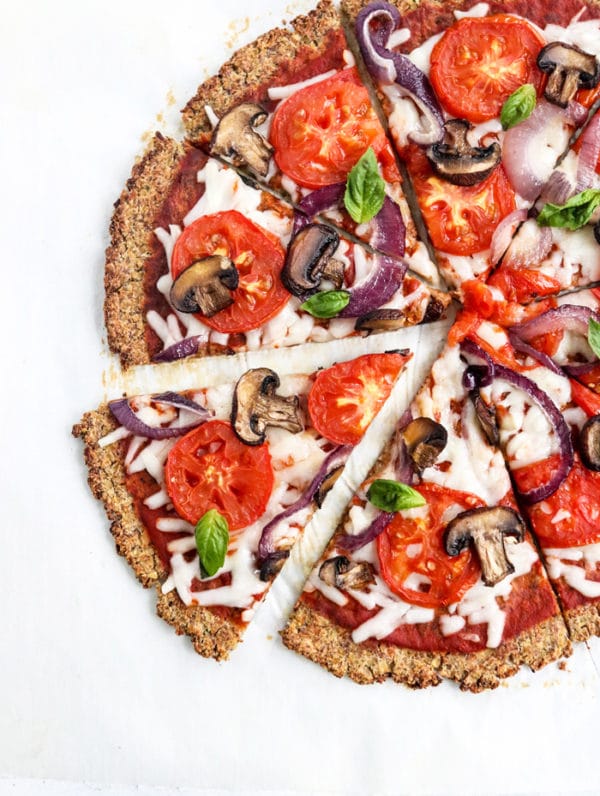
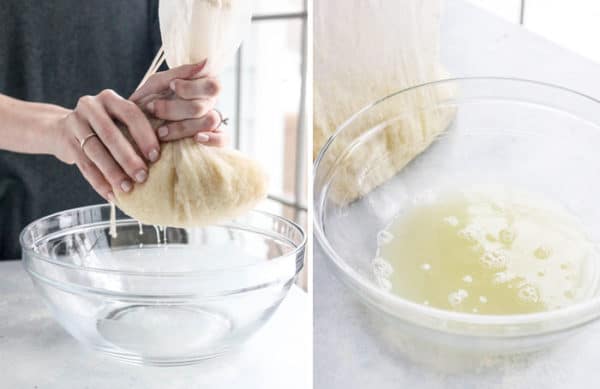
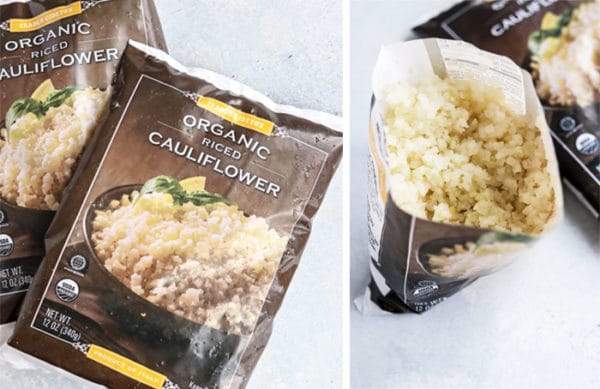

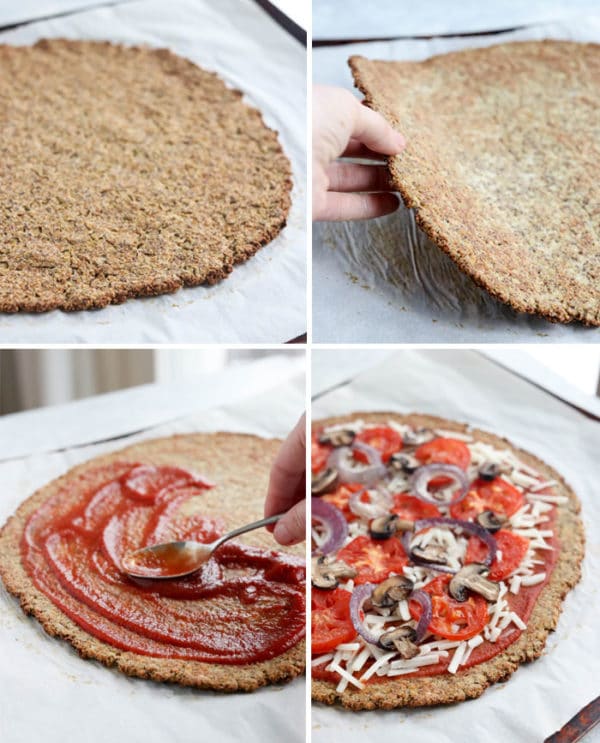
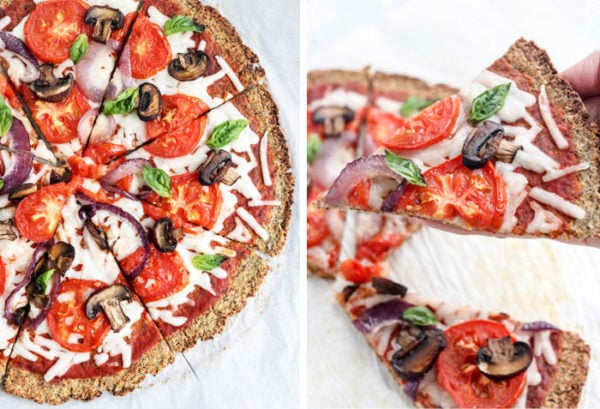

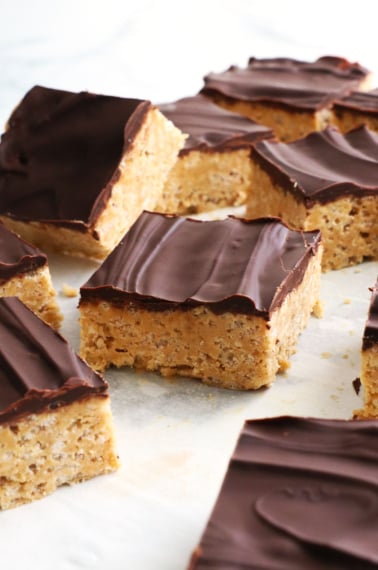


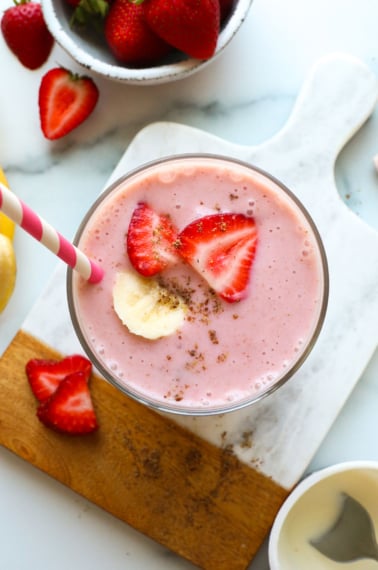






Finally, a cauliflower pizza crust that doesn’t call for nutritional yeast or fake cheese! I need to continue practicing your methods, but I seem to be getting better results after each attempt. Thank you for posting!
I made this for dinner tonight, it was delicious, but the crust wouldn’t stay together. I squeezed and squeezed cauliflower used
I made this recipe for dinner, it was delicious, but the crust wouldn’t stay together. I squeezed the cauliflower and followed the recipe ingredients to a T but I couldn’t get the crust to really hold together after I cooked it fell apart. Should I add more of some thing, I don’t know what I did wrong but it was delicious!
I’m responding to Katheryn Kopach – I had the same problem with it falling apart. Try and make sure you have enough moisture in the mixture when you are kneading and rolling it out. I’ve used a little warm water when it gets too dry – not too much though. You’ll know the correct consistency after a few tries. Good luck:)
Thank you Tom! I have made two attempts so far. I’m glad I’m not the only one having issues.
First attempt – I squeezed out too much liquid and I got a cracker. It was a good cracker, but it wasn’t a pizza crust.
Second attempt.– I just wasn’t holding together so I added liquid. I see now that I added too much liquid. Because I couldn’t flip it over without it falling apart.
I’m just gonna keep trying! Great, but hard to get the texture right
I’m so happy to find a gluten free, dairy free, egg free pizza option. I will be making it this week. Thank you!
Hi,
I am an 83 yr diabetic. Just found out about cauliflower pizza crust from our local pizza shop. Wow it was delicious. I can’t wait to try your recipe.
Tx & God Bless
Marty
It fell apart . Don’t know why. Followed the recipe to the T
This pizza crust was awesome! I made it again!!!! I made this vegan cauliflower crust…put roasted veggies on top…then…cashew cheese!!! Yummers!!!!! Somehow I just can’t imagine that I’m allergic to anything:)
THE cauliflower crust recipe! I made this last night (I did use an egg instead of flax), and the crust came out PERFECTLY. It held its shape and didn’t flop over or fall apart when handling a slice. My super picky toddler kept asking for more! Definitely will make again. I wanted a recipe for cauliflower crust that did not include cheese. I’m so glad I found something that worked! Thank you so much!
I’ve been looking for a suitable vegan version of a golden cauliflower flatbread and COULD NOT FIND ONE 😭 I used this as a base and just added 2 tsp of turmeric instead of the garlic & oregano. It’s currently cooling on my counter and I can’t wait to cut it into 4 pieces to eat. I wasn’t sure it would hold together without all those eggs in the mercola recipe but so far so good! Crispy and thin yet slightly tender in between the crispy outside 🤤❤️
Hi What can I use instead of Almond flour. My son is allergic to nuts and I would like to give this a try.
At first I was only following the written instructions. I was convinced that water wasn’t needed for the flax/chia because it isn’t mentioned. It also doesn’t mention the flax/chia needing to be combined with the water first before adding and combining everything else. Later I noticed that this stuff is shown in the vid. How much water do we need for the flax/chia? I suggest you add this info into the written instructions because it could be a little confusing for some, those that have never made cauliflower crust (first time for me). I’ve used flax and chia “eggs” for cookies and stuff like that but never in something like this so I was confused and ended up mistakenly making crackers instead of pizza crust, lol (still good though). Anyway, thank you so much for doing this. I’m trying to make it again!
I just now saw your comment to Amy regarding the water, you confirmed that you don’t always use water. Hmm, it seems like both ways — no water and water — don’t work me. This time I added a little water and it turned out better but it still fell apart. 🙁 Not sure what I’m doing wrong. Have you tried this with coconut flour? And maybe flax doesn’t work for this? I’ve been using both flax and coconut flour.